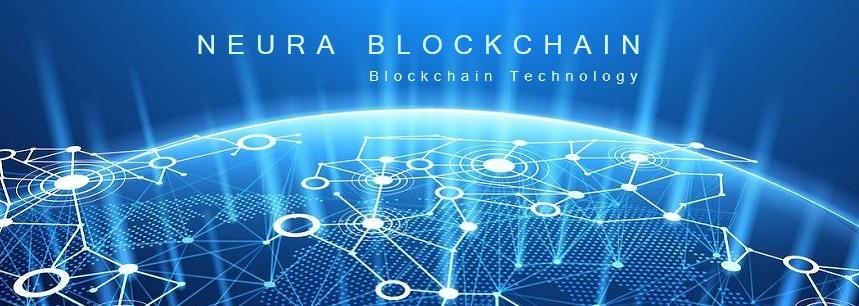Blockchain is the fashionable technology and the one that is causing the biggest stir today. The same thing happened a few years ago with the cloud and a large part of the companies bet on it. However, to what extent are both technologies compatible?
While in Cloud systems the services we use are hosted on third-party infrastructures, that is, we trust an external entity, the idea of blockchain technology is to create a decentralized database in which there is no trusted authority. So how do this new technology and the cloud get married?
Is it necessary to choose between the two or is it possible to integrate them?
Cloud systems have seen tremendous growth in the last decade. Beyond serving as an infrastructure to store data, it also provides applications to work on. Today, there are even services offered in this mode, such as "IBM Blockchain Cloud Services" or "Ethereum Blockchain as a Service" from Microsoft Azure.
However, isn't it a contradiction to offer blockchain services under this modality? Cloud services depend on the entity that hosts them, so when we use them, we are relying on that entity. Each of the nodes of our network depends on the entity that offers this service, that is, the system on which we are acting does not belong to us.
However, it should be noted that once the network is deployed, control over it passes into our hands. In addition, the architecture on which these networks are implemented follows the architecture of a distributed system, deploying each of the nodes of the network on different servers. On the other hand, the development and deployment of Smart Contracts is in our hands, so it is we who decide the logic that will be executed in our blockchain.
The integration of these technologies can also be approached from another perspective: cooperation. The biggest problem facing the Cloud mode is the reluctance on the part of users. In the case of blockchain, scalability is one of its main challenges. Although it is unthinkable to propose that each participant in the chain store all the information, it is true that it will require storing large volumes of data.
That is why both technologies could be integrated, enhancing the opportunities offered by each. Blockchain could serve as a guide to cloud content. Thanks to this, you would get a blockchain with relatively small data pointing to other records in the system, in this case the cloud.
Another solution would be to share the free storage space of each user, through such technology. That is, to create a system in which users ' computers replaced the cloud, using fashionable technology. Such solutions, like those mentioned above, will be addressed in subsequent articles.
Alejandro O. Asharabed Trucido




